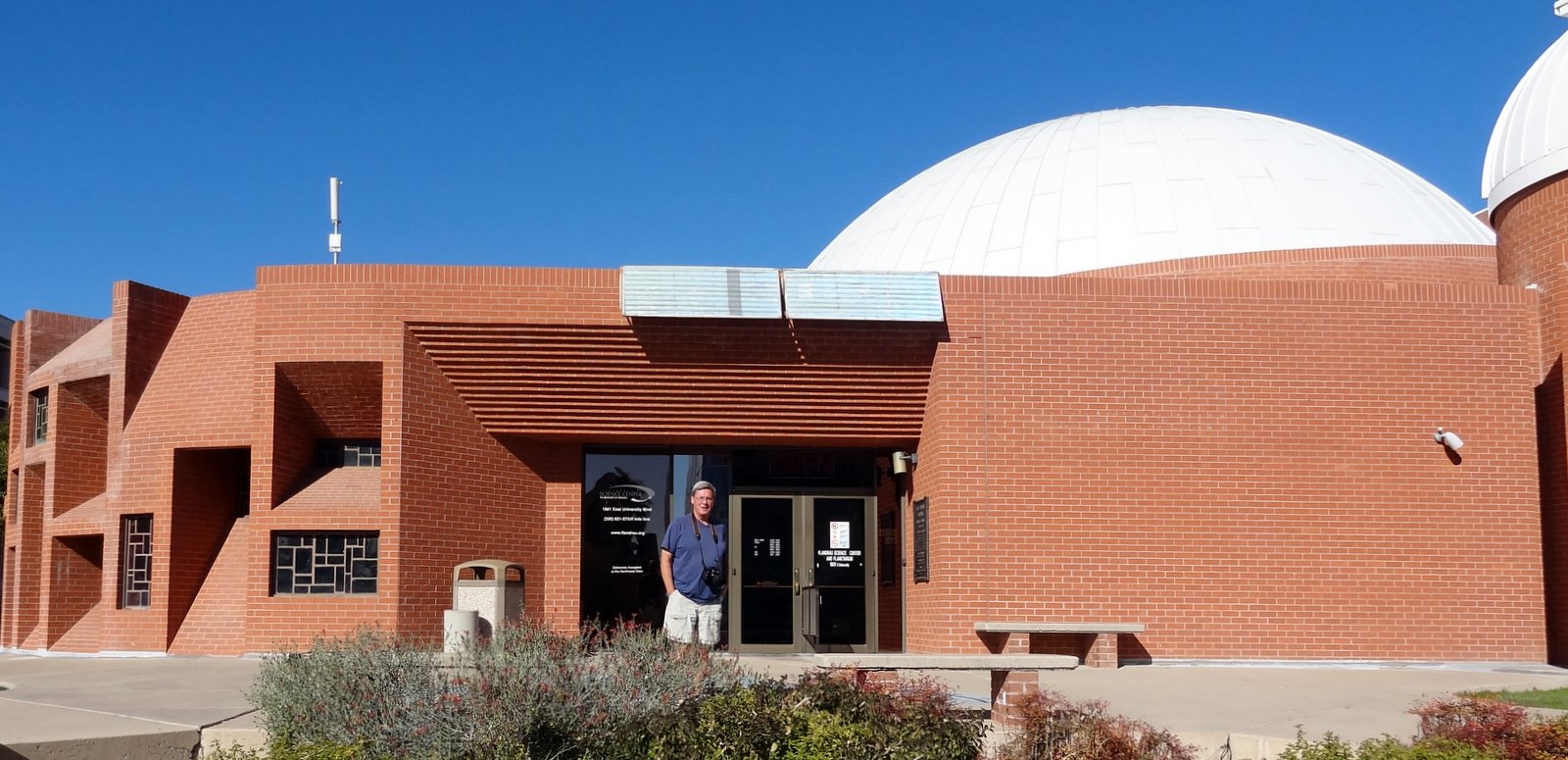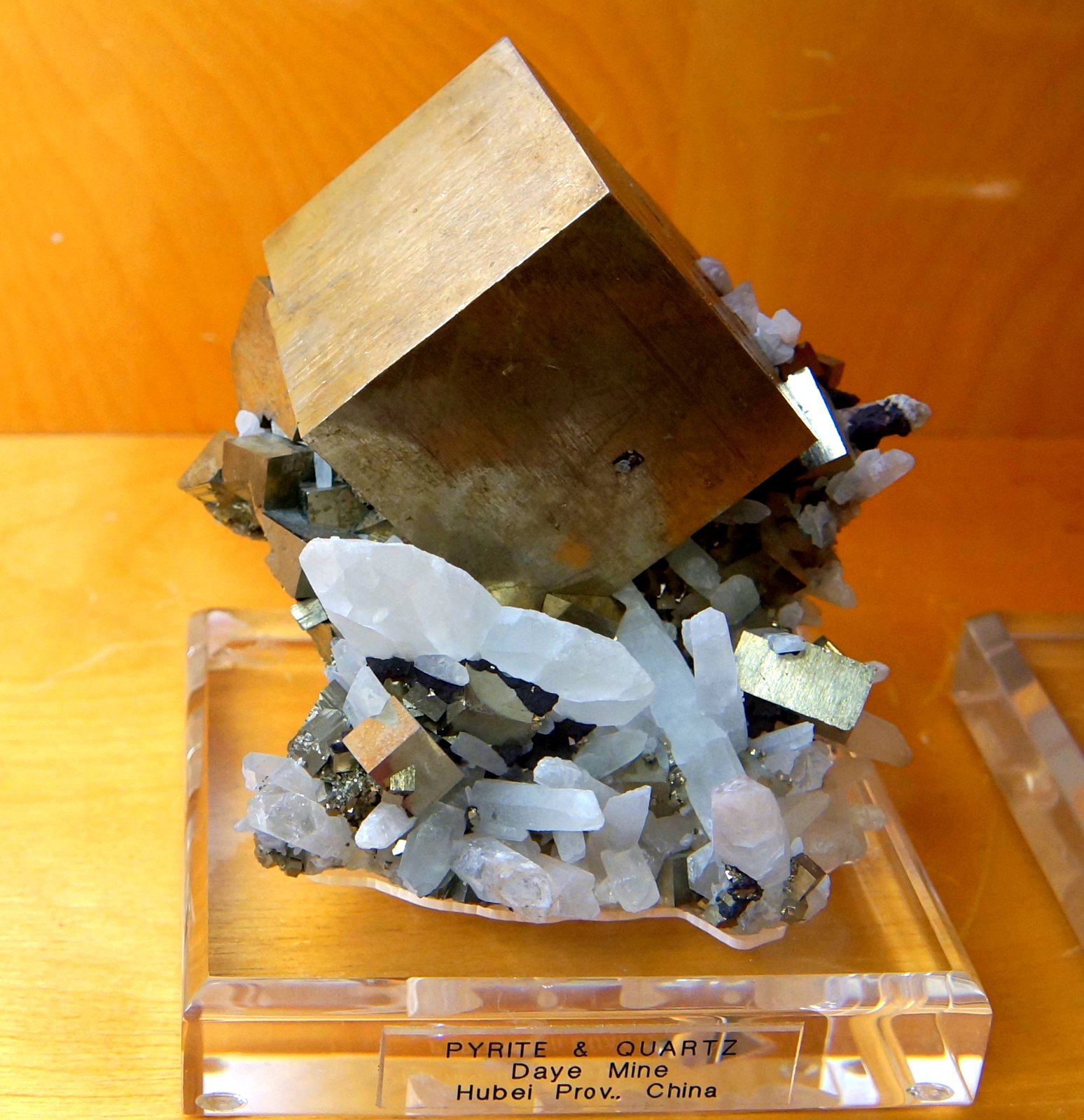We visited Tucson, AZ, knowing we couldn't see everything, so we had to prioritize. Joani's research optimized the museums and minimized the driving inside the city. We started with the International Wildlife Museum. It included a surprising array of insects and animals and we spent more time than we had planned to see everything.
Don't miss this gem. It was so well curated and worth every penny (Free, with our ASTC membership).
The insects on display were so interesting we spent 30 minutes in the first room. The walking stick in the case below was around 10 inches long.
At about 5 x 2.5 inches, I would love to see him fly.
This may be my favorite. This guy was over a foot long and looks just like a twig when he brings in his wings.
Amazing difference on the same butterfly's top and underside!
There are 7 butterflies on this branch!
This lion exercised a lot of restraint while the camera was in his face! The taxidermy was beautiful - the animals looked so lifelike I caught myself expecting them to move a couple of times.
This looks like the cool guys confronting the nerds. Is it just me?
Their sundial was pretty accurate. It was, however, important to pay attention to the note under Joani's shadow.
They had a portion of what would have been a huge Mars globe which included Valles Marineris (Grand Canyon of Mars). If they would have somehow shown our Grand Canyon to scale it would have been even more impressive.
One display demonstrated the concept behind their unique spinning mirror facility. Molten glass is rotated on a turntable so that centrifugal force shapes the surface in a paraboloid. As the mirror cools it continues to spin - faster for shorter focal lengths and slower for longer focal lengths. Once the initial shape has been set, final figuring and polishing removes very little material.
There is a mission to intercept Asteroid 1999 RQ36 in its orbit and return samples of it to earth. They did show how its size compared to some well-known objects.
This specimen was about 18" tall and wide. Wow!
We walked across campus to a gallery that had a collection of black and white photographs on display. There was another art museum with a collection of Ansel Adams prints (among other things) that would have been nice to see, but we only had an hour before it was closing, so we didn't feel like we had enough time to do it justice.
I appreciated the southwest architecture of a few campus buildings.
The Minister of Signs has been hard at work!
The University of Arizona is known for its optical and astronomical sciences programs. They had a 24-inch telescope available for student use. The sign-up sheet appeared to have a lot of free time available. If we lived in the area, I think I would have to be a part-time student again.
We drove to the top level of the parking garage and took in the view.
Was the universe was speaking to us?
We met friends from Georgia for dinner at Cafe Poca Cosa, a nice upscale restaurant downtown. Rob and Robin moved from Georgia 15+ years ago. They have embraced the desert southwest and raised their four children here in Tucson.
Thanks again, Rob and Robin, for a great meal and fun evening!












































Stop back by on your next lap of America!
ReplyDelete